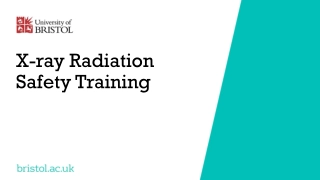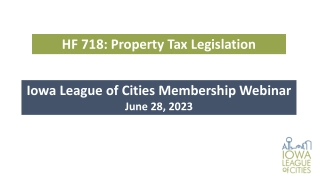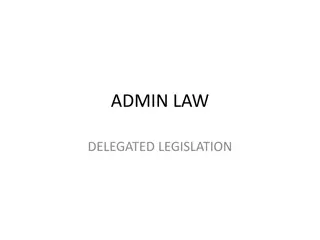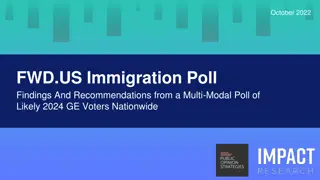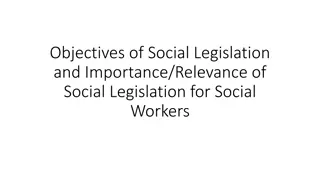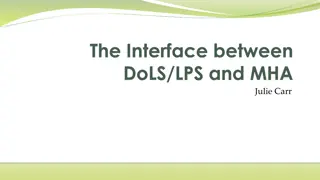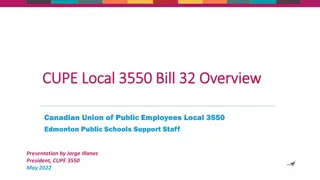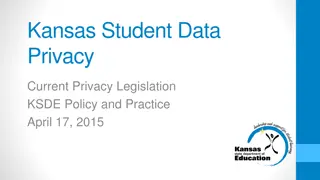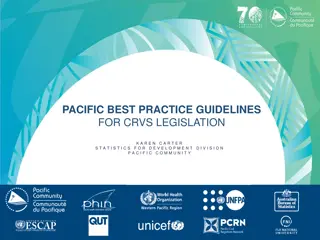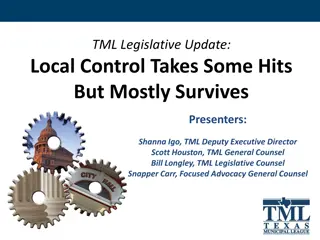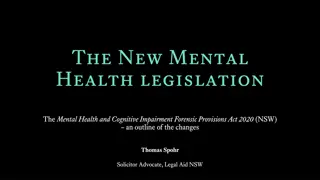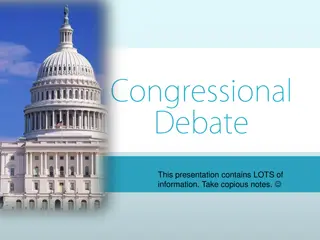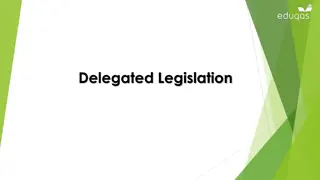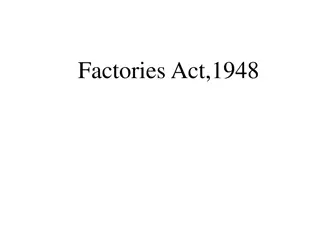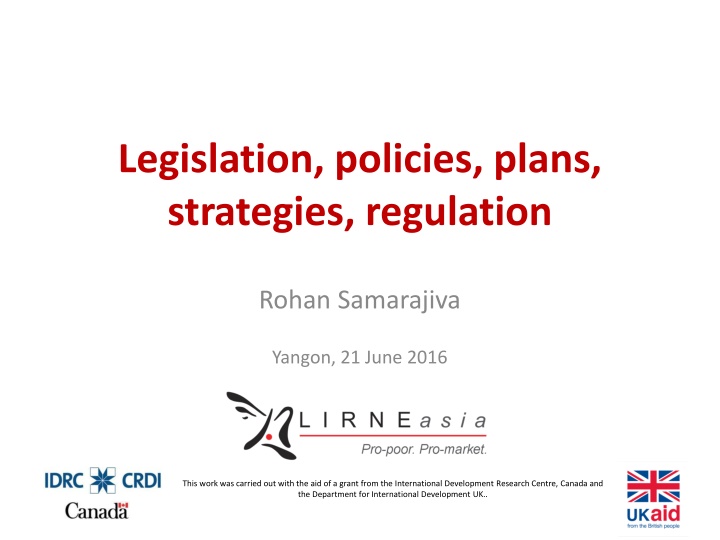
ICT Infrastructure and Governance Frameworks
Explore the importance of legislation, policies, and strategies in governing ICT infrastructure and services. Delve into the roles of different government functions in demarcating responsibilities for telecom, services, and applications. Learn about the significance of the constitution, laws, policies, plans, and strategies in shaping the ICT landscape.
Download Presentation

Please find below an Image/Link to download the presentation.
The content on the website is provided AS IS for your information and personal use only. It may not be sold, licensed, or shared on other websites without obtaining consent from the author. If you encounter any issues during the download, it is possible that the publisher has removed the file from their server.
You are allowed to download the files provided on this website for personal or commercial use, subject to the condition that they are used lawfully. All files are the property of their respective owners.
The content on the website is provided AS IS for your information and personal use only. It may not be sold, licensed, or shared on other websites without obtaining consent from the author.
E N D
Presentation Transcript
Legislation, policies, plans, strategies, regulation Rohan Samarajiva Yangon, 21 June 2016 This work was carried out with the aid of a grant from the International Development Research Centre, Canada and the Department for International Development UK..
Objective Clarify different government functions and demarcation of responsibilities in ICT infrastructure and services/applications 2
ICT infrastructure (telecom) Clarity re different functions and demarcation of responsibilities is important because Multiple private players are active Market and technology conditions change rapidly and Large investments are at stake 3
ICT services and applications Clarity re different functions and demarcation of responsibilities is important because Even more private players are active, and Market and technology conditions change rapidly Optimal sequence of actions may be different 4
The framework Is the supreme law, the Constitution 6
Law is . . . Made and amended by Parliament Subordinate to the Constitution, the Telecommunications Law (2013 Union Parliament Law No. 31) sets out the broad principles and powers Not expected to be changed frequently, though ICT sector laws become obsolete quickly Rules made under a Law spell out details and allow greater flexibility 7
Policy, plan and strategy are . . . Adopted by the Executive; subordinate to Law Policy sets out what must be done and justifies why it must be done Plans, which are more concrete and short- term, provide the strategy by which the policy is to be implemented Plans define how the necessary actions will be taken by whom and when so that the policy objectives may be realized 8
Regulation is . . . Sustained and focused control by a public agency over activities in a sector Restraining Enabling More on why regulatory agencies should be independent later 9
Why policy? Some countries manage without formal policy Sri Lanka s telecom policy is from 1994 Bangladesh is from 1998 Both are almost completely obsolete India adopted a formal National Telecom Policy in 2012, after 13 years But, a formal policy, adopted after due consultation, serves as a guide to private investors and stakeholders and reduces uncertainty, especially in infrastructure encourages investment 11
Pakistan 12
Foreign Direct Investment in Pakistan by sector, 2002-07 Mobile cellular policy Source: State Bank of Pakistan (2008; http://www.sbp.org.pk/ecodata/NIFP_Arch/index.asp) 13
ICT SERVICES & APPLICATION SECTOR: AN EXAMPLE 14
E Sri Lanka program 2001 economic and political crisis new reform government; President & Prime Minister from opposing parties Prime Minister keen to emulate Hyderabad and create white-collar jobs in IT enabled services Young, dynamic Minister with strong international credentials given charge of Information Technology, not Telecom 15
Starting with a program World Bank aid sought to formulate an integrated ICT development program for Sri Lanka, mid 2002 Cross-sectoral effort; first time for World Bank Local team actively participated in design Infrastructure reforms to end contested exclusivity for international telecom services were being implemented in parallel 16
Program architecture E leadership E government E society E business Infrastructure 17
Diagnosing road blocks Existing organization, CINTEC, was unable to perform apex function New agency? What to do with old one? Coordinating with multiple government agencies to advance e government was seen as the greatest challenge Authority higher than individual Ministers? 18
Different sequence Program design, inclusive of policy, plan and strategy Informal linkage to related telecom policy Law followed 19

